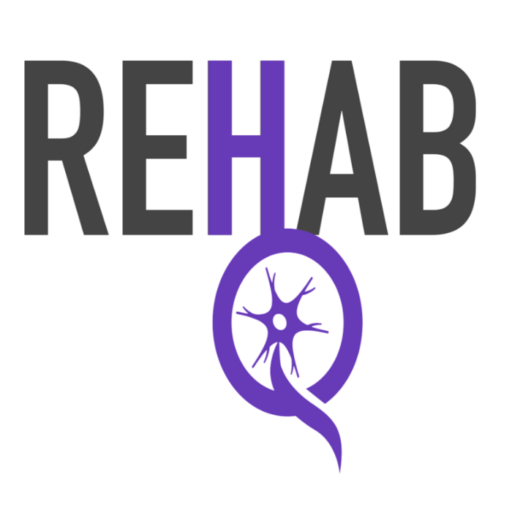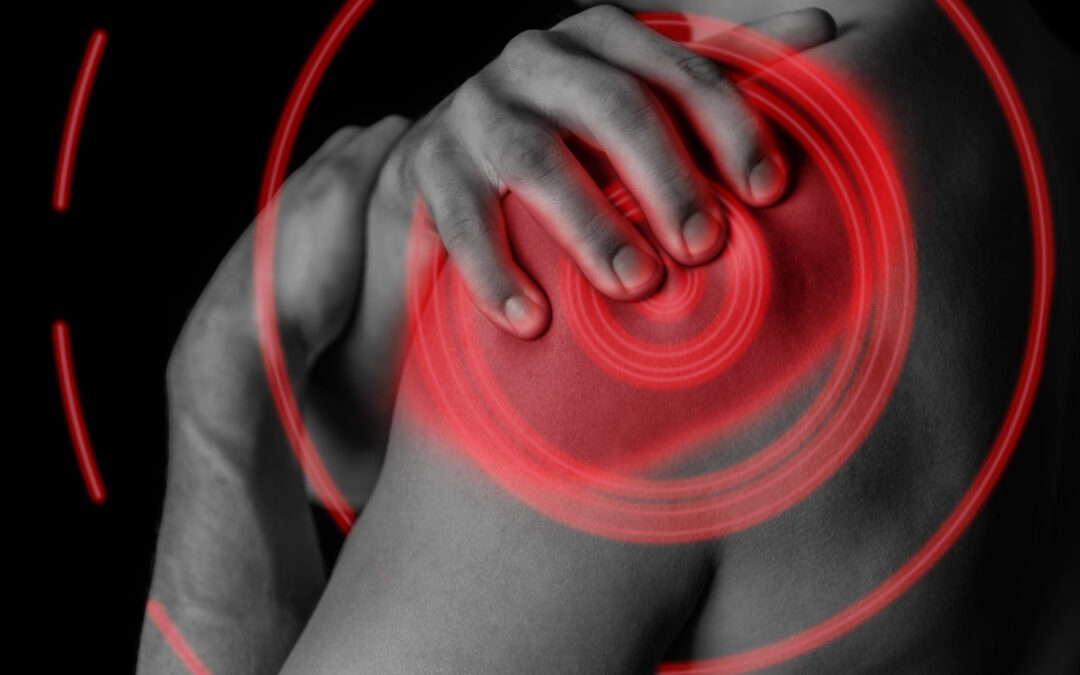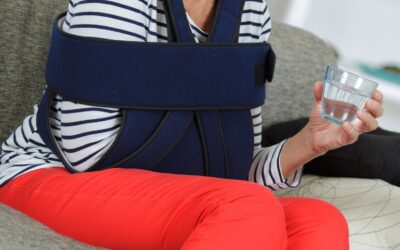Frozen shoulder, also called adhesive capsulitis is one of the most prevalent causes of post stroke shoulder pain. It is a condition that is characterized by shoulder joint stiffness and pain. Other neurologic injuries can also cause this condition. Such as multiple sclerosis, parkinsons disease, and traumatic brain injury.
What does frozen shoulder “feel like”
In addition to pain and stiffness, you might feel a dull or achy sensation in the shoulder joint. You may also feel pain in the muscles that wrap around the shoulder joint. These symptoms develop over time.
What causes frozen shoulder?
Frozen shoulder can develop after an injury or a prolonged period of immobilization (not moving the arm). Some chronic medical conditions have also been linked to this condition including diabetes, chronic inflammatory arthritis, cardiac surgery, and breast surgery.
The Anatomy of Frozen Shoulder
The shoulder is made up of three bones, the arm bone (humerus), the shoulder blade (scapula), and the collar bone (clavicle). The top of the arm bone sits inside a shallow socket shaped part of the shoulder blade, called the glenoid fossa.
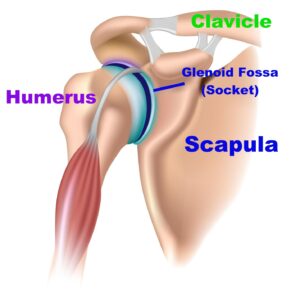
This arm bone is held in the socket by muscles (rotator cuff), ligaments, and the shoulder joint capsule.
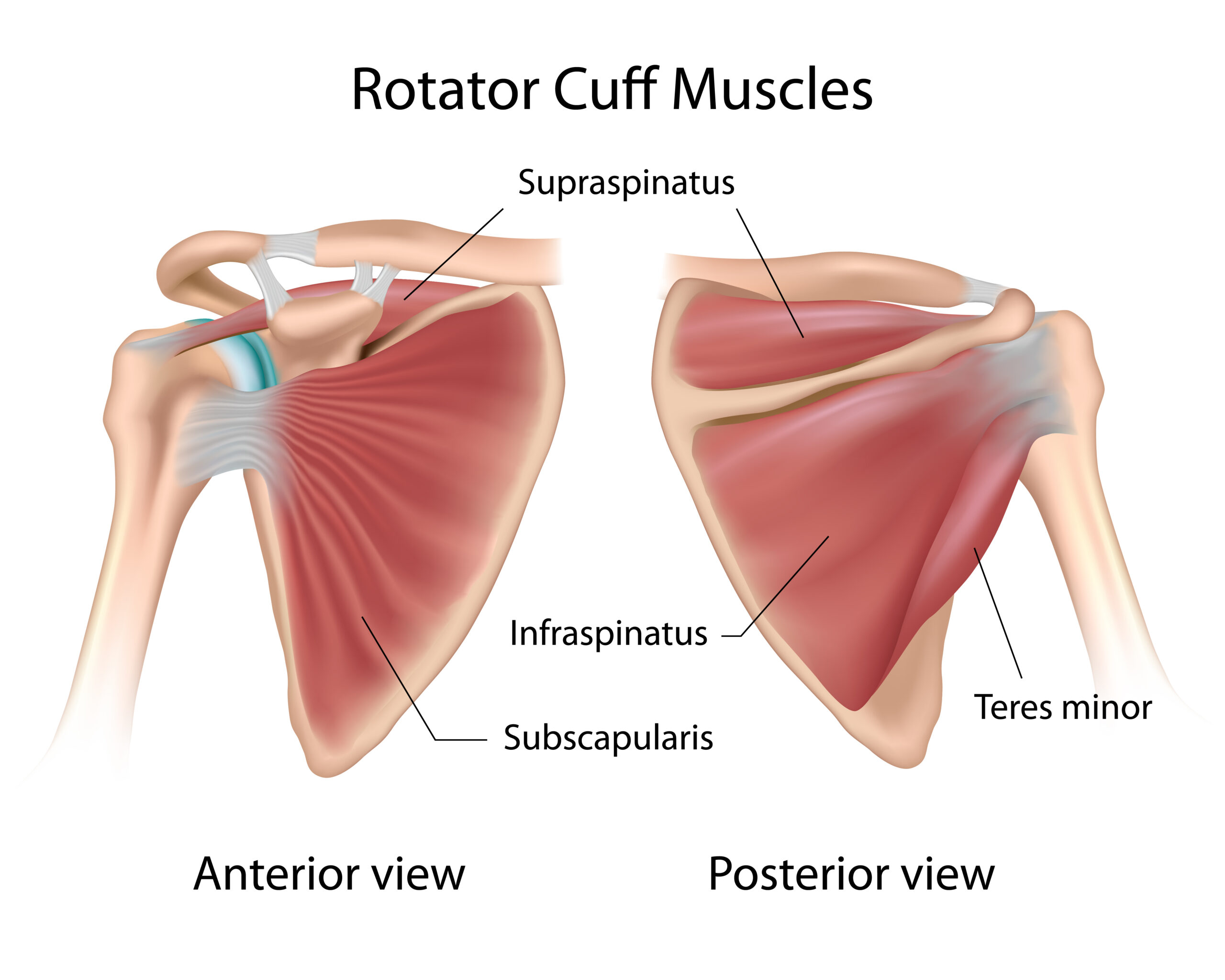
Frozen shoulder is the result of scarring, thickening, and shrinkage of the joint capsule. The capsule becomes so thick and tight that it makes the arm bone difficult to move. Imagine a car with a trailer hitch attached to the rear. That trailer needs to be a certain distance away from the car or else the “car-trailer unit” would not be able to “bend” to make turns. That is basically what happens to the relationship between the arm bone and the socket. Eventually they are too close together making the arm bone difficult to move.
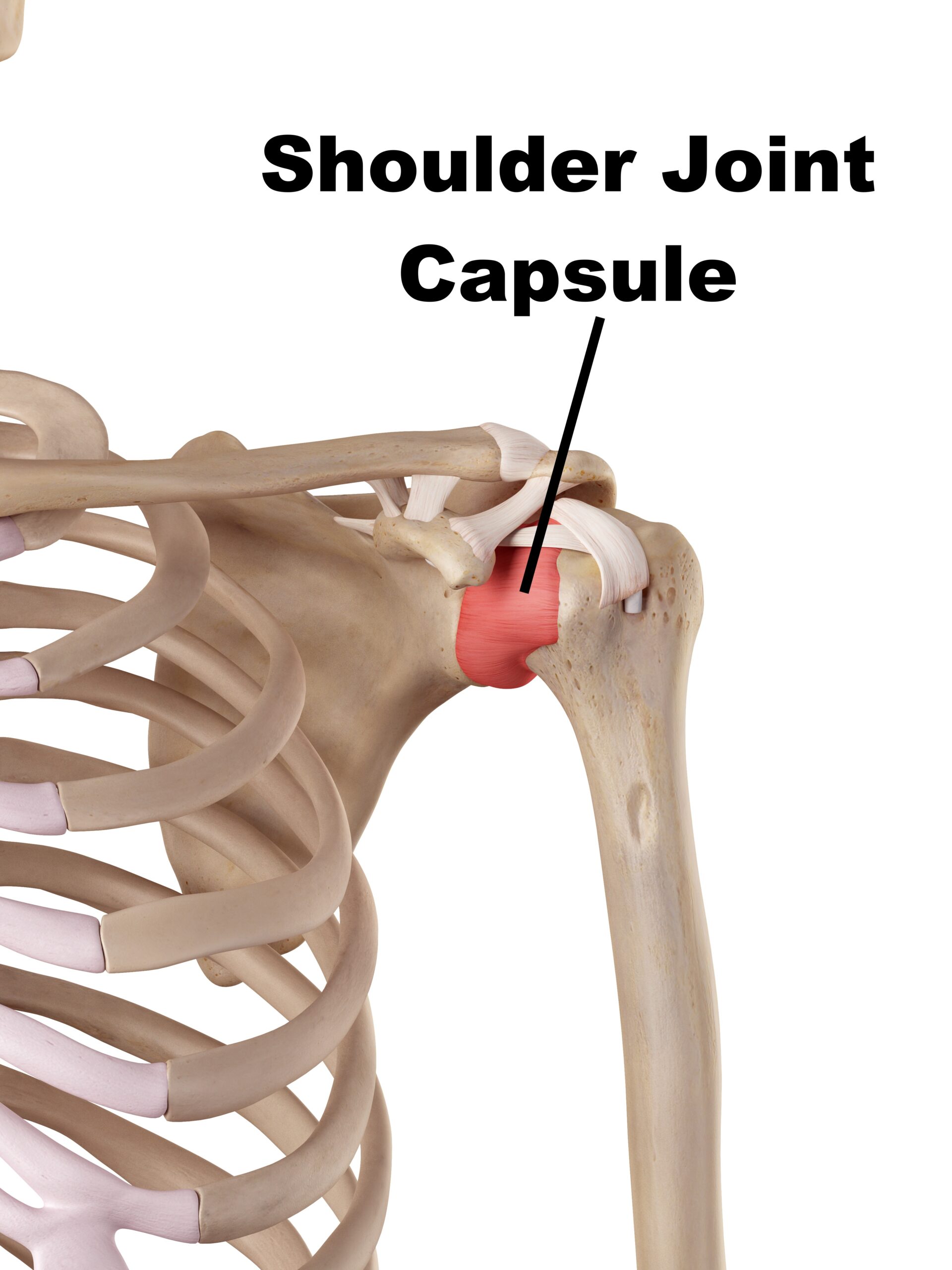
Learn more about frozen shoulder in this video:
What conditions mimic frozen shoulder as it relates to post stroke shoulder pain?
Post stroke shoulder pain is extremely common. Unfortunately, the list is long of potential causes for post stroke shoulder pain. Some other conditions that are common after a stroke that might mimic adhesive capsulitis are thalamic pain syndrome, painful spasticity in in the bicep, deltoid, pectoralis, and latissimus muscles, and complex regional pain syndrome.
What is the treatment for Frozen Shoulder?
Conservative Pain Management
Sleeping is really important for overall health. That being said, finding a comfortable sleeping position is super important. There are a few tricks that might help make sleeping more comfortable
Side Sleepers
If you are side sleeper you want to keep the arm supported if you are sleeping on the non painful shoulder. You can do this by placing pillows in front of your body. If you like to sleep on the painful shoulder, the best way to decrease pain is to create a “valley” so that your body weight is not on the shoulder. All of this can be accomplished with a u-shaped pillow
Back Sleeper
If you sleep on your back you want to keep the arm in what we refer to as “loose pack position”. This position means all the ligaments are on the most “slack”. The position requires the arm to be out to the side at a 45 degree angle and forward 45 degrees. Sleeping inside the u shaped pillow and placing the arm on the side of the pillow will achieve this position.
Physical Therapy
Aggressive, diligent, and hyper-focused physical therapy. The physical therapy will focus on:
Range of motions exercises
Shoulder range of motion exercises involved moving the arm bone passively. When you are with your therapist, your therapist will move the arm. You will also be taught how to passively move the arm. Here are the key passive range of motions exercises that can be performed as part of a home exercise program:
Shoulder Flexion Stretch – Caregiver Assisted
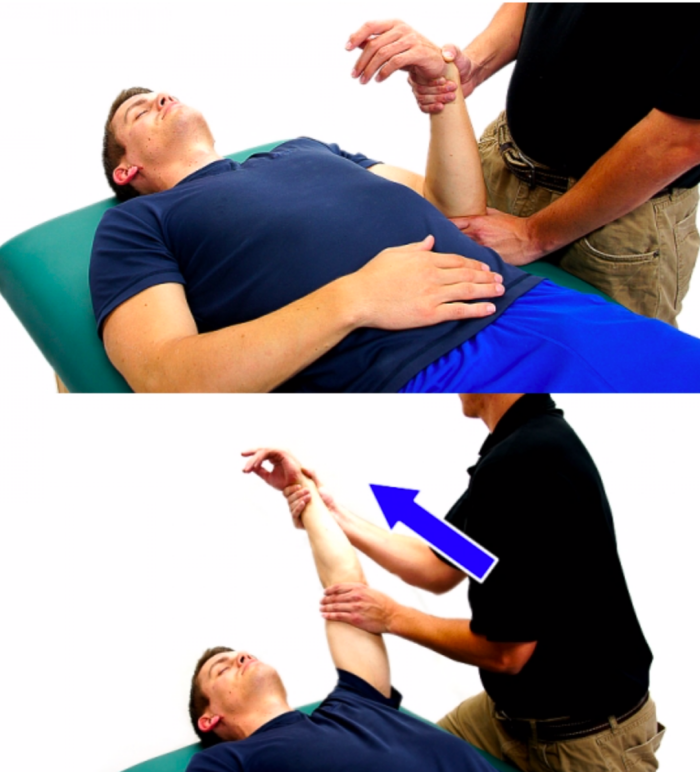
Shoulder Abduction Stretch – Caregiver Assisted

Shoulder Flexion Passive Range of Motion Exercise
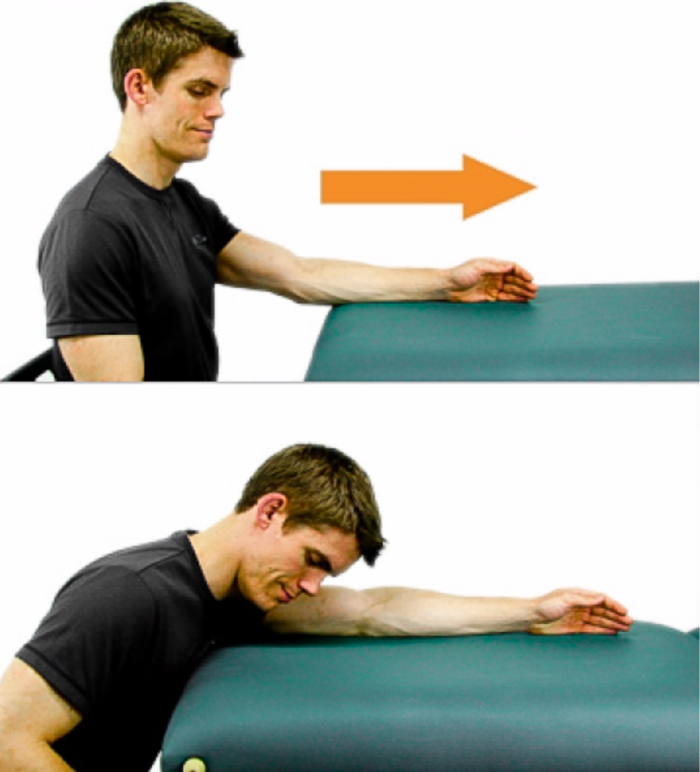
Shoulder Internal Rotation Passive Range of Motion
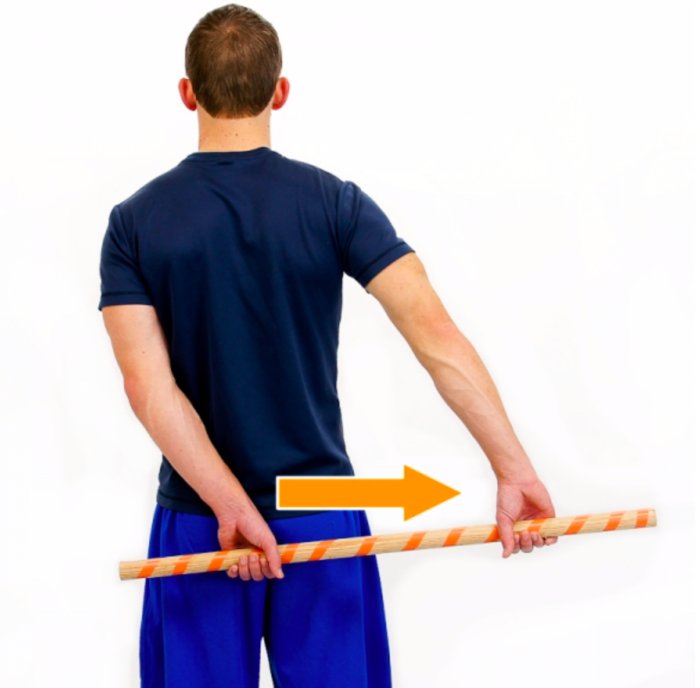
If you do not have grip strength to hold on to the dowel, you can use a nylatex strap to strap your hand to the dowel. See below image.
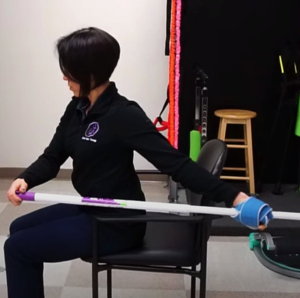
Movement Retraining
Here is a video on a progression of exercises to retore shoulder movement after a neurologic injury
More articles you may be interested in:
Does Constraint Induced Movement Therapy Improve Arm Recovery?
Hemiplegia (weakness on one side of the body) can be a huge cause of disability following a stroke. This can make activities such as grasping, reaching, and manipulating objects difficult, if not impossible. Constraint Induced Movement Therapy has been well...
Does Mirror Therapy Improve Arm Function?
Mirror therapy (MT) is one of several effective treatments used to regain arm movement after a stroke. Mirror Therapy Background MT was originally designed to treat phantom limb pain with amputees. The way it worked was that it gave the person the sensation that they...
